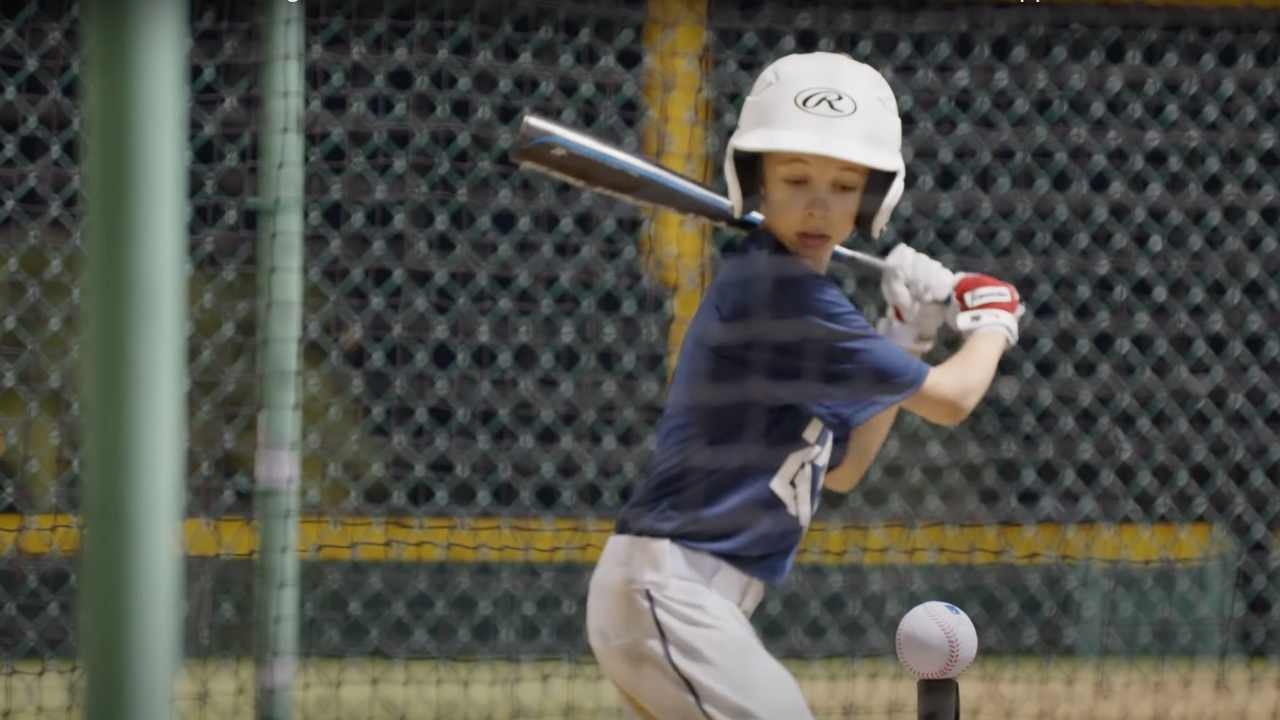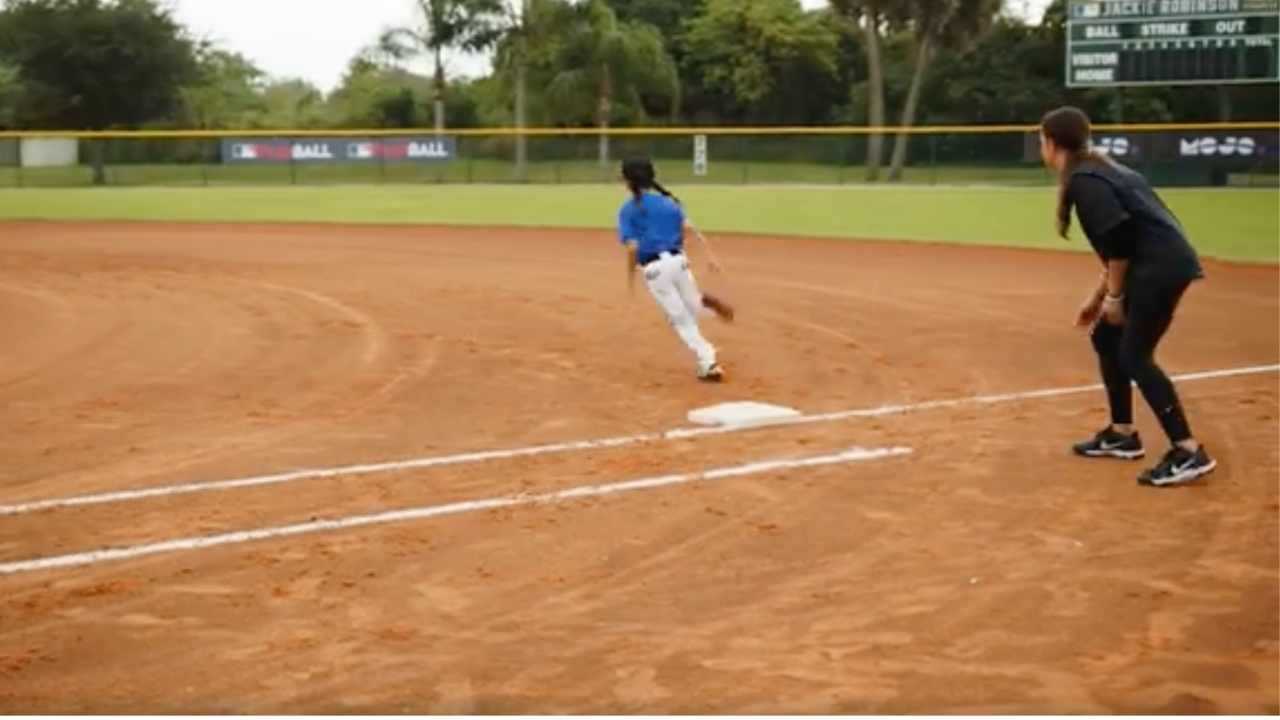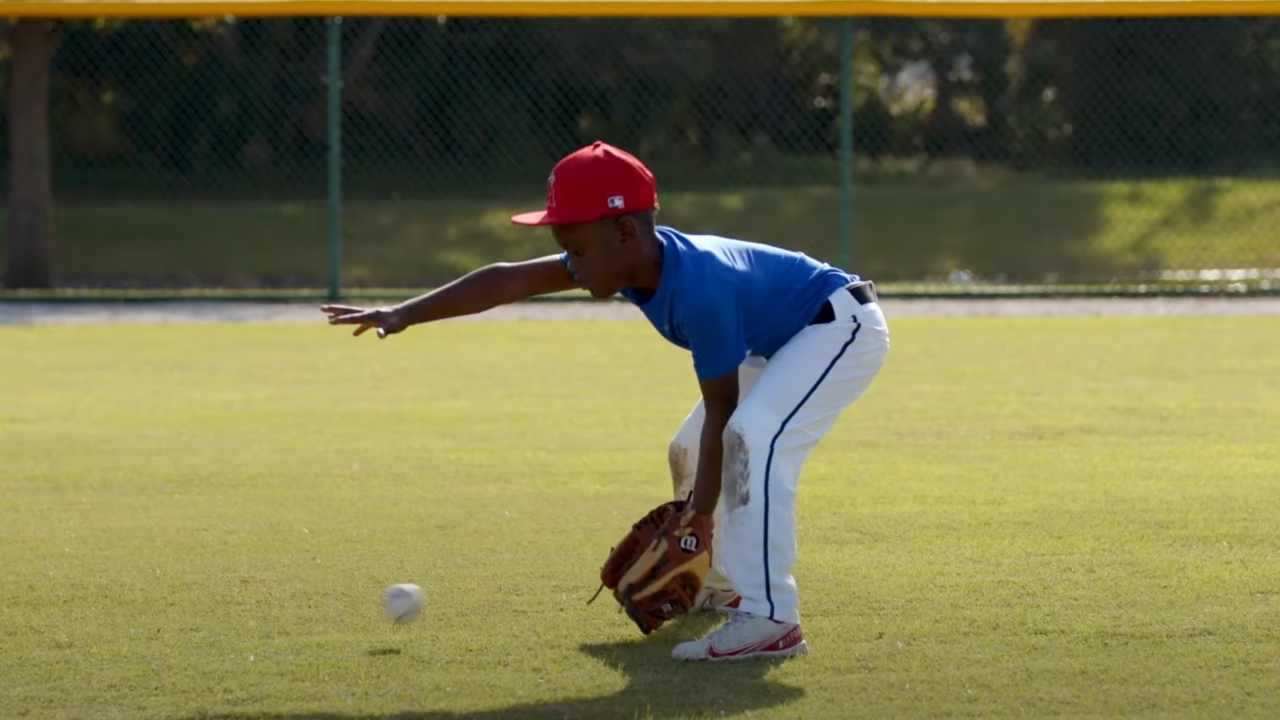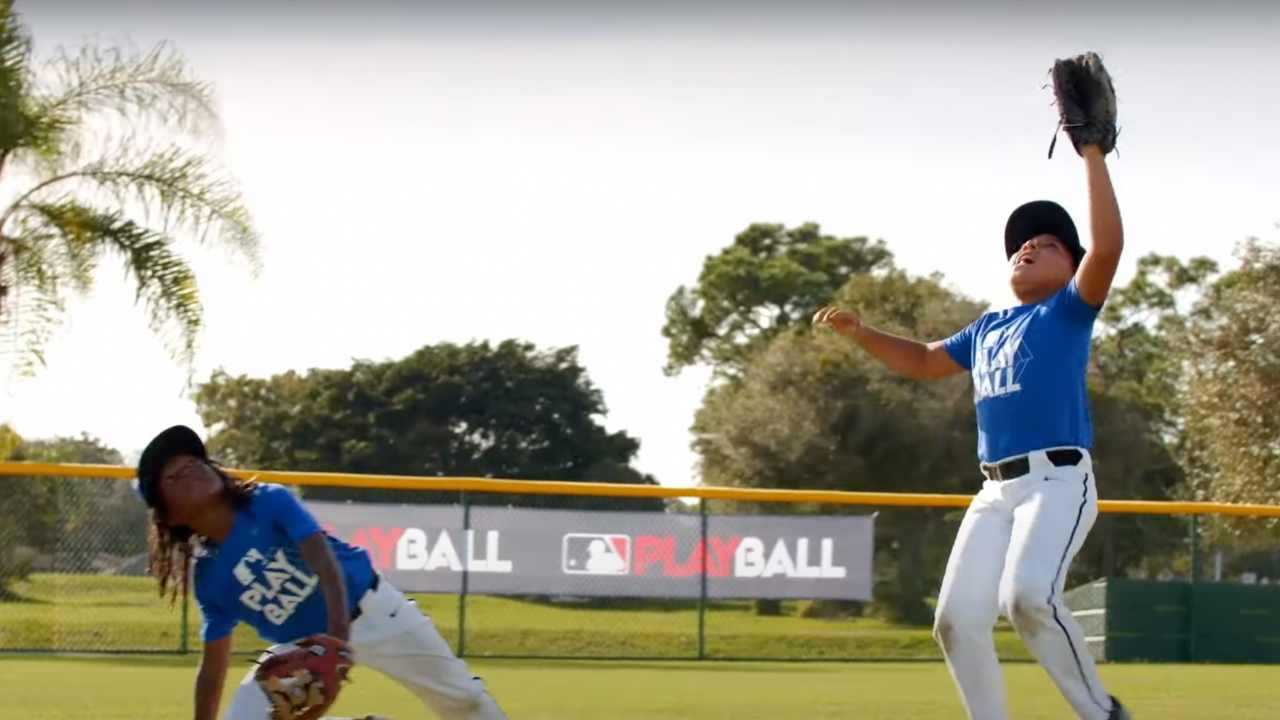Introducing: The Swing
Start with a solid stance
Sue Pierce
| 3 min read

When it comes to teaching kids how to swing, longtime baseball coach Dan Keller subscribes to a simple philosophy: Let the positions teach the movements. He breaks down each component of the swing – and has kids hold each position. That way, they can really feel how it’s supposed to feel.
A solid stance
Think about stance from the ground up. “I like using three keywords – feet, hands, eyes,” says Keller.
Players should stand in an athletic position — feet slightly more than shoulder-width apart, knees bent. Hands should be together on the bat, relaxed, and held just above the back shoulder. Encourage your players to lay the bat over their back shoulder, then raise their hands. Eyes should be focused on the tee, the ball or the pitcher.
Final keyword: Breathe. Remind your players to breathe!
The three positions
This goal here is an aggressive swing and strong follow-through.
Position One: Stride and load. A player’s front foot steps forward about 4 to 6 inches. That’s the stride. It’s a light step – more weight should be on the back foot than the front. At the same time, the player’s hands move back toward the catcher and away from the body.
“A lot of kids just coil and turn their back to the pitcher,” says Keller. Instead, think front foot forward, hands backward to create tension – like a bow and arrow. Now you’re loaded and ready for a powerful hit!
Position Two: Contact point. This is where the bat meets the ball. The hitter’s hips and back foot should be rotating. One coaching tip is to tell kids to squish a bug on the ground with that back foot. The player’s head is down and eyes are on the contact point. Hands are flat and reaching out. For righties, that means left palm down, right palm facing the sky. Lefties are opposite.
Position Three: Finish. A hard swing ends with a full follow-through – like you’re giving yourself a hug. Both legs should be activated and strong. A player’s front leg is firm with the foot pointing in between first base and the mound. The back leg should be fully rotated – a.k.a. the bug is dead. The hitter’s body turns toward the pitcher. Keller tells his players that “laser beams are coming out of their belly buttons toward the pitcher.” Chin is over the shoulder with eyes still on the contact point.
The coaching progression
When teaching little kids to swing, Keller recommends following a 1-3-2 position progression — stance/stride, then finish, and then contact.
Focusing first on stance/stride and finish helps kids build the strength and balance they’ll need for the early and late parts of a swing. And that gives them a solid foundation before they tackle the nitty-gritty of contact.
To the fences!
We can’t say it enough: Always encourage kids to swing hard.
“I’d rather have to try to contain an uber-aggressive hitter than try to encourage a timid athlete to be more aggressive,” says Keller.
Be supportive of that willingness to swing and fail. It will make a difference.
Dan Keller is part of MOJO’s Partnerships & Strategy team.




